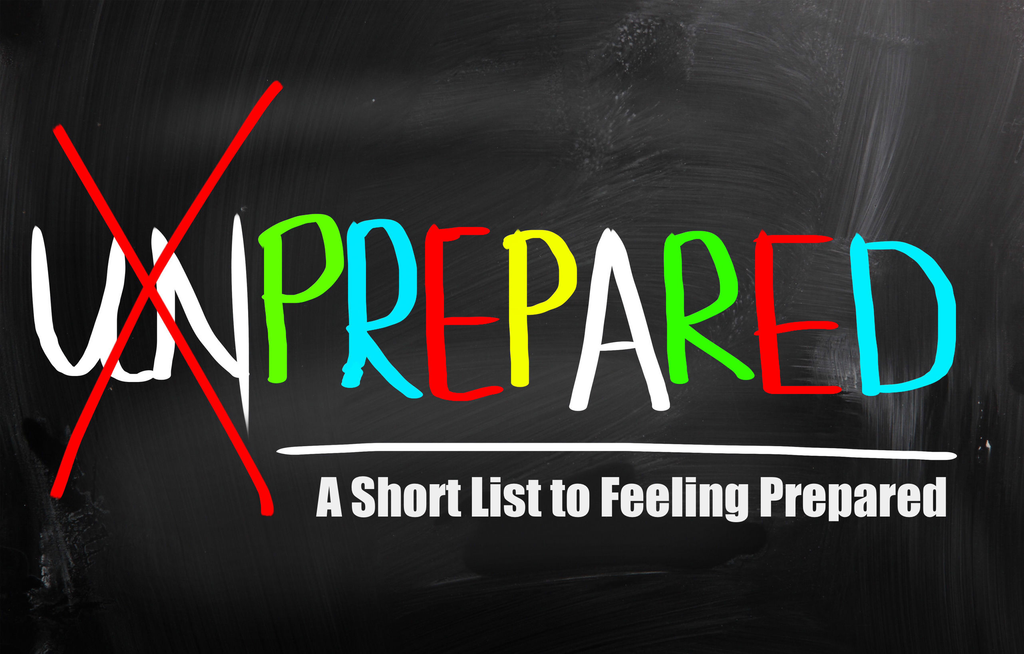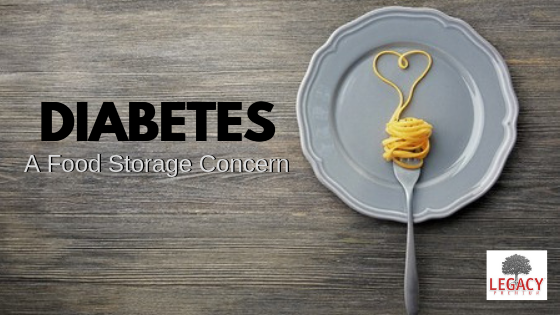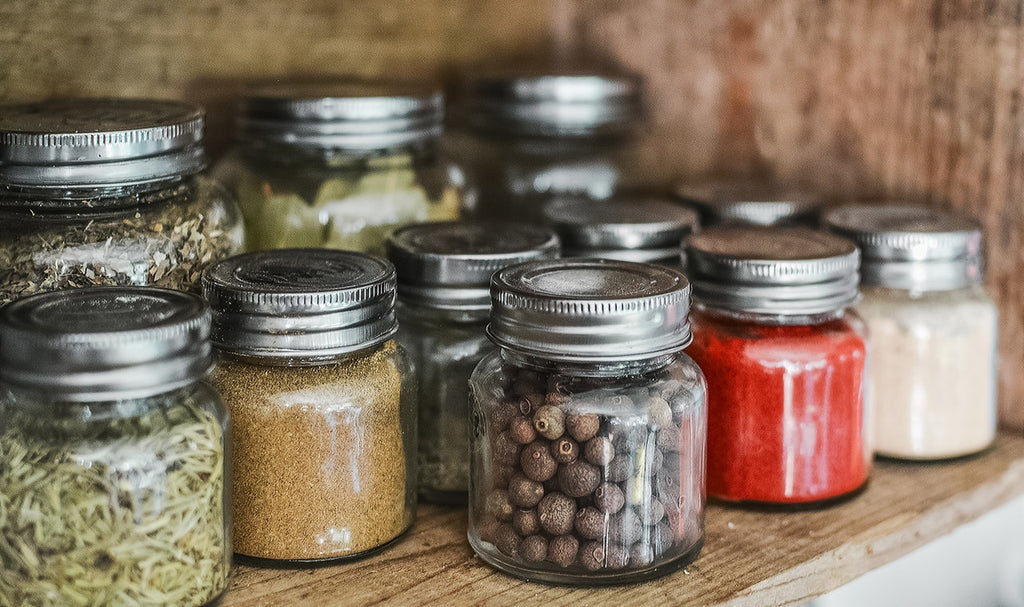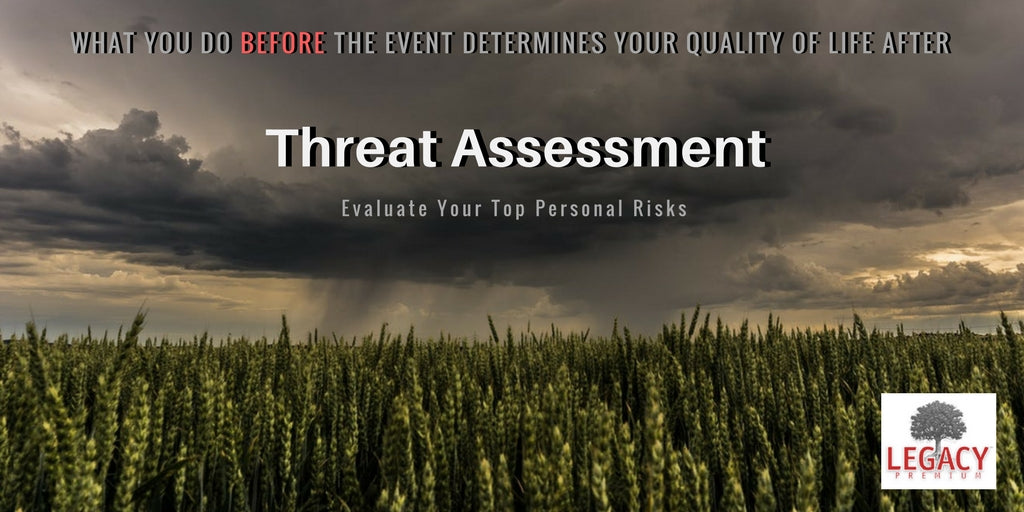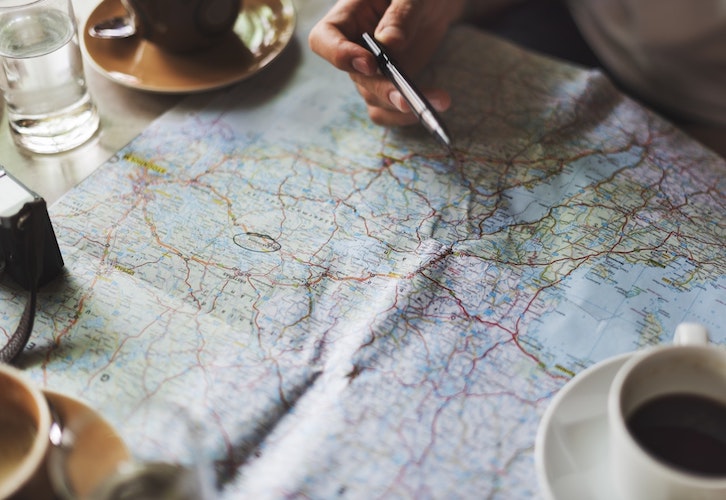News RSS
A Short List to Feeling Prepared
A Short List to Feeling Prepared Tornadoes, earthquakes and hurricanes are just a few of the very common reasons why Legacy Food Storage, as a company, exists. Having shelf stable food in an emergency is always welcome. In times of crisis store shelves become bare, trucks are unable to complete deliveries or are delayed due to storm damaged roads, you may have no electricity and be unable to communicate with those you love. Great examples would be the unexpected Texas ice storm or the damaging hurricane winds in suburban Iowa. The year 2020 brought us a whole new reason to...
Diabetic Challenges with Food Storage
Anyone looking for food storage will recognize the familiar meals containing pasta, potatoes and rice, which are commonly found in the industry. The offerings from different companies vary in the quality, serving size, and actual recipes that comprise their foods. Long term food storage options use these ingredients because carbohydrates provide quick energy, solid calories, and they perform well in long term storage. If you are on a general diet, typically you welcome the familiar dishes most people enjoy, such as delicious creamy pastas and chunky potato or rice medleys. However, if you are diabetic, at first glance these meals...
Making Your Food Storage Plan Flexible
Contributed by Rob Hanus Thinking about purchasing food storage? Food is often one of the first things we think of when we consider disaster preparations. Though we can survive for weeks without food, it’s neither an easy nor comfortable thing to do. Without food, not only will you be distracted by hunger, but you’ll be weaker, have slower reaction times, and more apt to make bad decisions. All of which impede your chances for survival. So, even though it’s not always at the top of the priority list, it’s still a very important consideration in your preparedness plan. When...
Knowing Where To Focus - Writing A Threat Assessment
Contributed by Rob Hanus Whether you’re just beginning to write your preparedness plan, or if you’ve had one for a while, one of the best planning tools you can have is a threat analysis, also called a risk or threat assessment. Properly done, an analysis highlights the hazards and situations most likely to occur, and which are the most dangerous. Once complete, your threat assessment tells you which disasters or events you should prepare for first. For example, you may be highly concerned with nuclear detonations and pandemics and may be thinking you need to focus a large part...
How to Write a Plan
Preparedness - Getting Started Series How to Write A Plan Contributed by Rob Hanus Once you’ve decided it’s time to become better prepared, the next step is to take action. This can be a daunting task, as there are many things to do in order to be well prepared. Unfortunately, many people stop at this point, as they become overwhelmed with all that needs to be done. An important point to keep in mind is it’s not necessary to prepare for every possible contingency. Starting with a small plan is a great way to start and is much better than...
Tags
- All
- 25 year food
- 25 year shelf life food
- 72 hour kit
- Best food storage types
- Best long-term food storage
- Blizzard preparedness
- Budgeting
- canning
- Certified GMO-free Emergency foods
- Certified GMO-free foods
- Coffee
- Comparison of emergency food methods
- Composting tips
- Dangers of genetically modified foods
- dehydrated food
- Edible Wild Plants
- emergcy preparedness
- Emergency Cooking
- Emergency Food
- Emergency food Christmas gifts
- emergency food storage
- Emergency Food Supply
- Emergency food supply recommendations
- Emergency Planning
- Emergency Preparedness
- Emergency preparedness advice
- emergency preparednesss
- Emergency Supplies
- Emergency supplies checklist
- Emergency Survival
- emergency survival gear
- Emergency survival kit checklist
- Emergency Survival skills
- exercise
- Family emergency preparedness
- Family emergency preparedness plan
- Family Preparedness
- Food Storage
- Food storage 25 year shelf life
- Food storage amounts
- Food storage Christmas
- Food storage containers long term
- Food Storage Secrets
- Food storage serving size
- Food storage types compared
- freeze dried food
- Freeze dried food storage
- freeze dried meats
- Freeze-dried emergency food storage
- Fruit Trees
- Gardening
- Getting Started
- Gluten-free food Storage
- Gourmet emergency food
- Healthy food storage
- How much emergency food to store
- Improved emergency preparedness
- Jared Markin
- Jared Matkin
- Legacy Premium
- Lessons learned from Hurricane Sandy
- Lessons learned from natural disasters
- long-term food storage
- Long-term Food Storage Guidelines
- Long-term Food Storage tips
- Long-term water storage
- Mental Emergency Preparedness
- Mental toughness
- Money-saving tips
- Natural disaster planning
- Natural Disasters
- Perfect Christmas gifts
- Pet Emergency preparedness checklist
- Pet Emergency preparedness kit
- Pet Emergency Survival tips
- Pets and Emergency Preparedness
- Plant Foraging
- portable solar panels
- portable solar power
- portable water filters
- protein drinks
- Risk of genetic modification
- Seed saving and storage
- Seed saving guide
- Self-reliance
- Self-reliant practices
- Shelf Life
- Solar Cooking
- Solar Ovens
- Special Dietary needs
- Stranded in a car in a blizzard
- Survival food
- Survival Gear
- survival kit
- Survival kits
- Survival Ovens
- Survival Skills
- survivalist gear
- suvival kit
- Tree Pruning tips
- Tree Trimming basics
- unique ideas
- water bottle with filter
- water filter
- water filter straw
- water filters
- Water Filtration
- water pitcher with filter
- water pitchers with filters
- Water purification
- Wild Food Foraging
- Winter composting
- Winter driving
- Winter preparedness tips
- Winter storm preparedness tips
- Winter Survival


